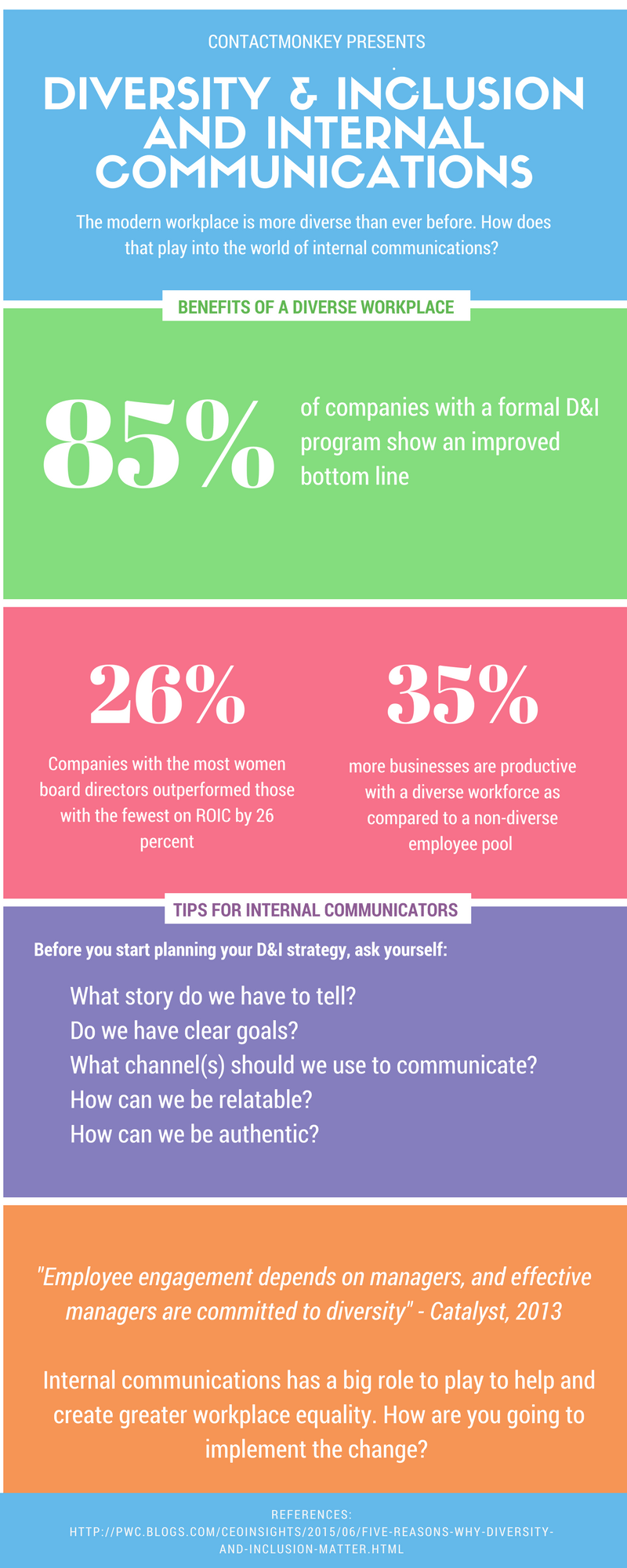Post-crisis internal communications are going to take on a whole new layer of importance as countries and the businesses continue their move out of the hard lockdowns of the past weeks and months. If before it was relegated to mere internal newsletters and in-office posters, post lockdown internal communications will have a much bigger part to play. Ironically, it took a global pandemic to drive home just how much we depend on internal communications to keep things moving smoothly. Here are things you need to watch out for.
Remote Work Setups Demand Better Communications
If there’s one good thing to come out of this pandemic, it’s that many companies are actually capable of thriving in a remote work setup. For some companies, like Zillow, it has compelled them to extend the option for their employees until the end of the year. For a few others, like Twitter, it has gotten them to recognize remote work as a viable, permanent model. It’s looking like many companies are going to sit between these two extremes for the foreseeable future.
Post-crisis internal communications is going to be the glue keeping things together—as it has been doing through the darkest days of the crisis. With social distancing measures also likely to continue for those companies that do reinstate their in-office work, we’re likely going to see many activities like conferences, meetings, and one-on-ones done online and over the same internal communications channels that have been utilized effectively through the lockdown.
Post-Crisis Internal Communications Needs to Be On-Guard
The COVID-19 pandemic also revealed just how vulnerable many employees were in a crisis. For some, it was as simple as not being able to safely commute to work. For others, it could be the lack of a home infrastructure to make remote working sustainable. On the health front, the pandemic also revealed people’s greater care needs—and how dependent they are on strong, decisive stands from their leaders whether in the government or at work.
Post-crisis internal communications will have to continue to create open dialogue and bridges between employers and their people. We don’t know yet whether or not a cure is approaching, but we do know already that employees need help—financially, psychologically, or otherwise. It fell upon internal comms to ensure that these are delivered effectively to people far afield. In the “New Normal”, this function needs to be reinforced and enhanced—as well as prepared for the challenges that lie ahead.
Post-Crisis Internal Communications Can Take Cues from Parenthood
Dealing with people in a sensitive and conscientious manner is something many companies learned through the challenges that the COVID-19 lockdowns brought. After all, these are extraordinary times with very little precedent—and many people are reporting trauma responses to the circumstances they find themselves in. This has left post-crisis internal communications in an interesting situation where the hard truth alone won’t suffice—nor even be acceptable.
To that, communicators can take cues from parenthood—that is, to blend truth, compassion, and creativity in crafting their messages. The combination affords a great deal of respect not just for your employees but their current situations as well. Equally important to post-crisis internal communications is to veer away from a one-way informing model to one that gives greater choice and fluidity—as well as dialogue. This affords your employees’ greater sense of freedom in a world that’s already very tightly locked down and controlled.
Post-Crisis Internal Communications Need Greater Inclusivity
It isn’t just during crises that a certain degree of sensitivity and inclusivity needs to be applied. Post-crisis internal communications would benefit a great deal from it as well. If you take the example of Airbnb’s Brian Chesky’s statement when that company had to retrench, it’s a perfect example of sensitivity and inclusivity. In those examples, a lot of it has to do with word choice. Throughout the discourse, Brian Chesky refers to his employees as “teammates” implying a closer connection.
While that word choice is critical in creating inclusivity, what hammers the point home is the manner in which those who are due to be let go are ultimately treated. Apart from a hefty severance pay, which includes being able to take home their Apple laptops, Airbnb’s teammates are given full career support and guidance. It’s important this example is taken forward for post-crisis internal communications especially as it’s looking more like it won’t just magically disappear.
Post-Crisis Internal Communications Should Provide Accurate but Considerate Information
A lot of the panic in the early days of the COVID-19 crisis came from conflicting information. Some sources claimed that the virus would just go away, while medical experts said otherwise. Some companies—like the aforementioned Airbnb handled difficulties with honesty and grace—while others caused crises within their own companies with vague responses and unclear policies. It’s going to be especially important that, from here on in, post-crisis internal communications always stay honest and accurate.
That being said, it’s also important to be considerate of the people being communicated to. These are very tough times. For many employees—especially those who need to return to the workplace to earn a living—it can be very scary as well. While it’s not to say that accuracy should ever be sacrificed for the sake of being considerate, there is much to be said about carefully wording post-crisis internal communications. Additionally, communicators would do well to coordinate with decision makers more closely to ensure that responses also provide answers that employees might seek.
Post-Crisis Internal Communications Needs to Take Charge
Finally, post-crisis internal communications should take charge when it comes to enforcing and maintaining key communications policies that ensure that none of them are breached. For instance, cramped meeting rooms and conference halls are a thing of the past. As evidenced by experiences with work from home setups in these lockdowns, virtual conferences are the way to go to ensure that social distancing is maintained without compromising the need to actually meet.
A lot of this has to do with careful management of available communication channels as well as setting up procedures that other departments need to follow through the implementation. Some great practices include making meetings briefer and more direct to the point. This does away with the tendency for virtual meetings to drag on for too long.
Learn the Worthwhile Lessons
As undoubtedly difficult as the COVID-19 crisis has been for everyone, we’ve come to learn a lot from the experience. For one thing, we’ve proven that remote work operations are feasible. With the right internal communications setups and the right channels, business proceeds as normal as can be had. It’s clear that the effects of this crisis will be far reaching—there’s a new and different normal to be expected that will carry on some of the practices that the crisis itself has forced us to follow.
In order for companies to flourish, it’s important that their post-crisis internal communications stick to the valuable lessons from the crisis. For one, that remote work is a viable option for business continuance provided there’s a strong comms setup. For another, that companies can manage to be both honest yet still caring for their employees. Finally, that agility and expedience is necessary in comms to keep it ahead of the curve.






:strip_icc()/interpersonal-skills-list-2063724_final-dfee3d19201c47a5ae5f52ea170f122c.png)






